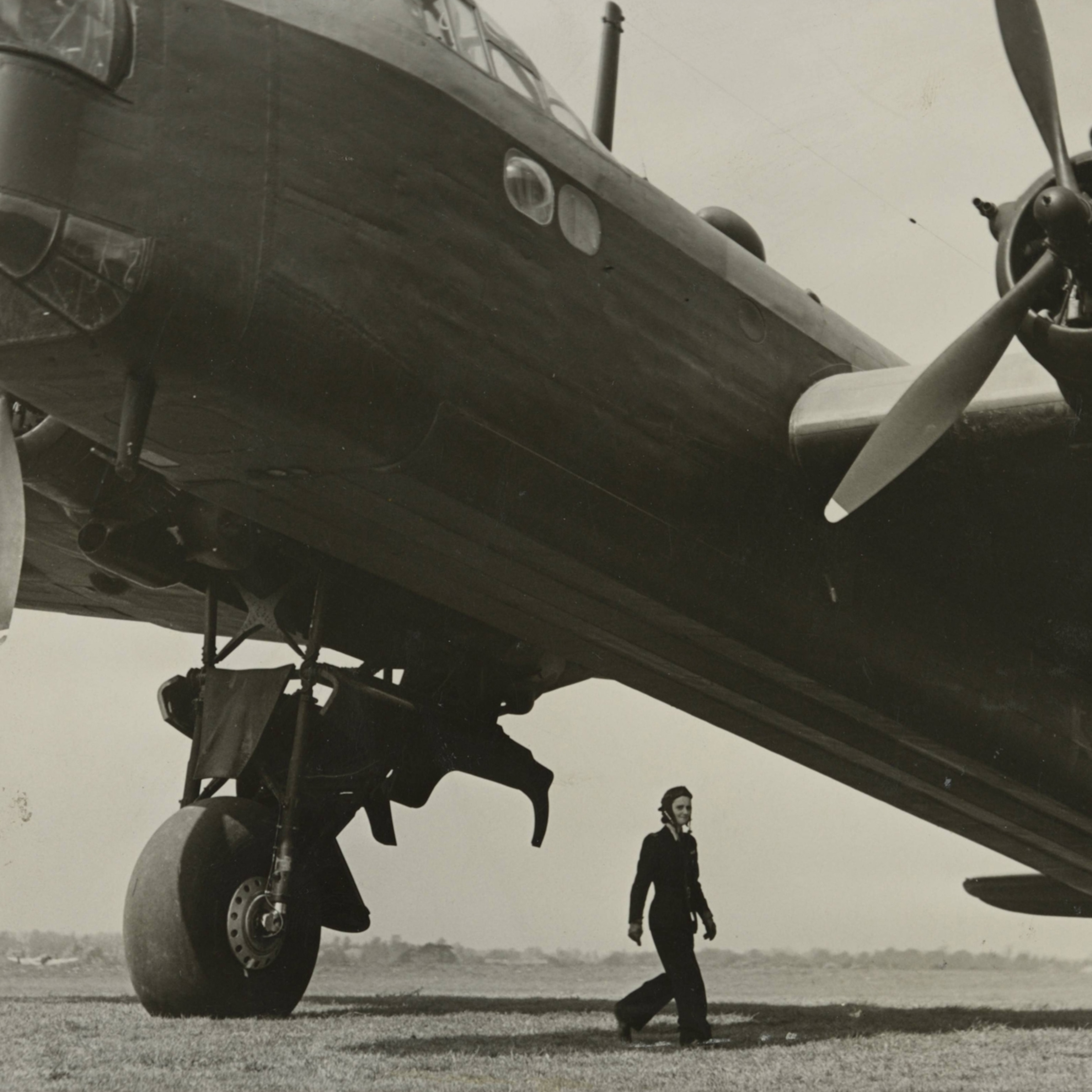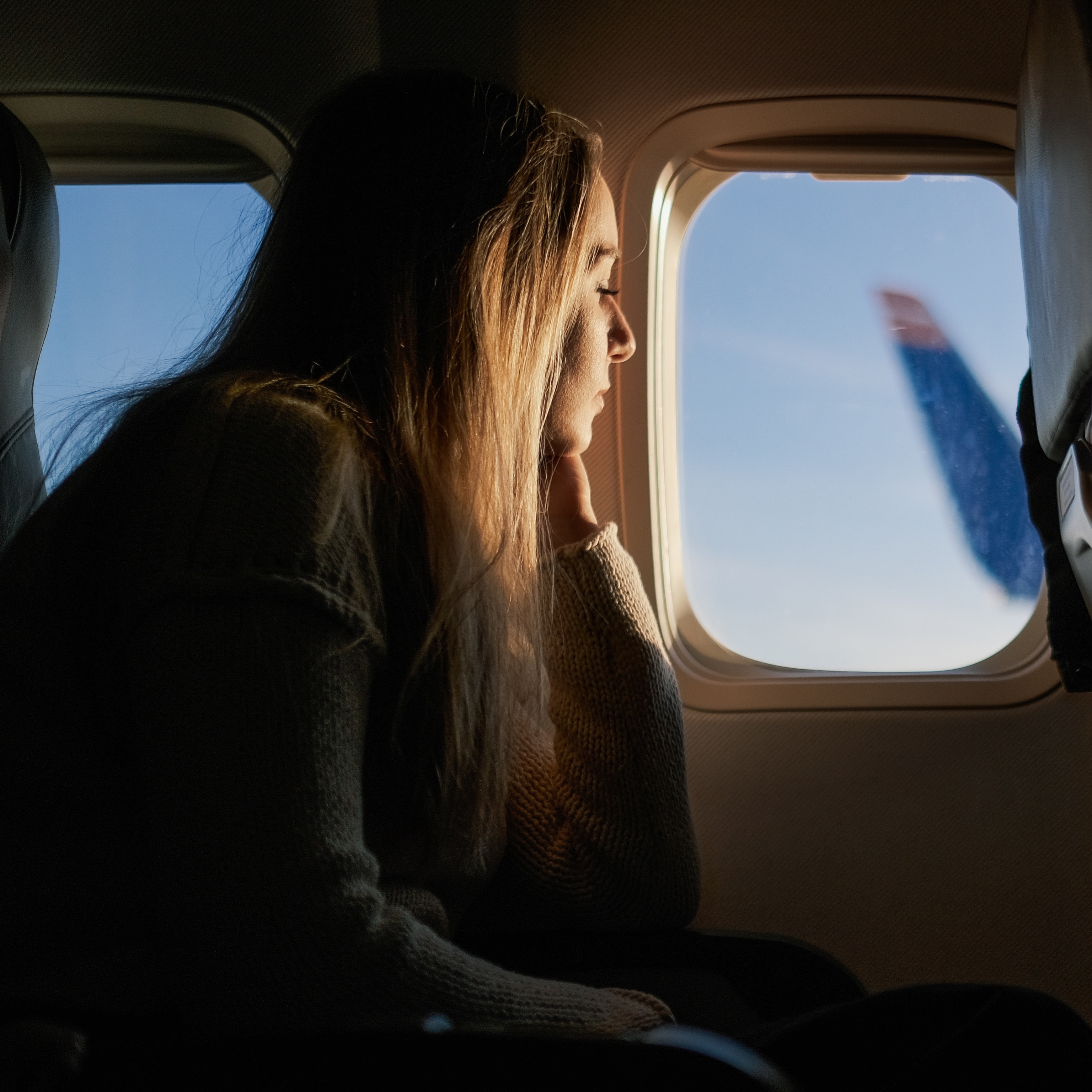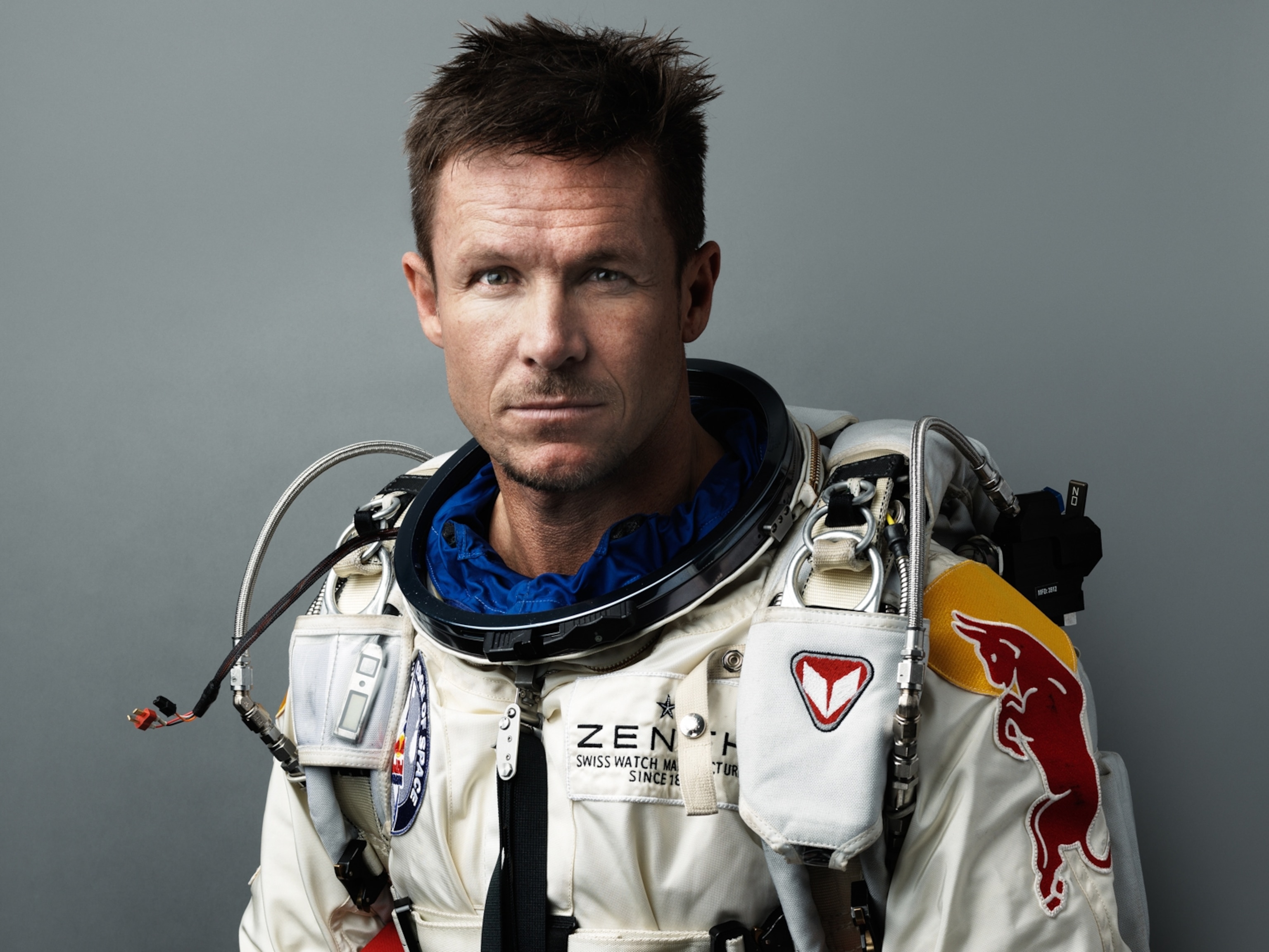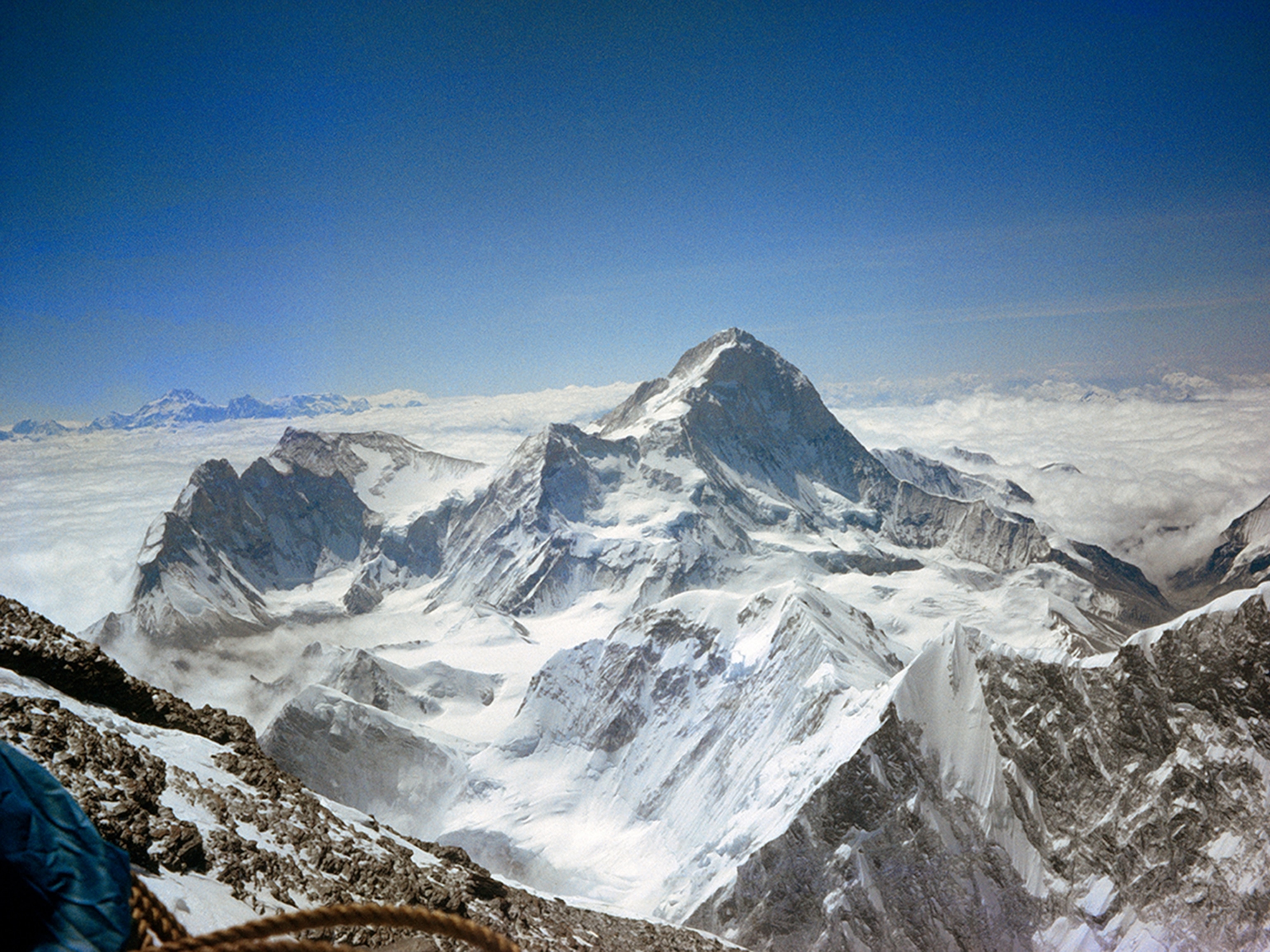Solar Pilots André Borschberg and Bertrand Piccard
A solar-powered plane’s flight over the Pacific Ocean shatters the record and turns the world’s attention to clean energy.
On July 3, 2015, air traffic control at Kalaeloa Airport in Oahu, Hawaii, cleared the Solar Impulse 2, arriving from Nagoya, Japan, for landing. The pilot, André Borschberg, had been at the controls for 118 hours, a world record for the longest solo flight. More startlingly, for the previous five days the plane had been kept aloft solely by the power of the sun.
“I've been dreaming about aviation and creating something like this since I was a boy,” says Borschberg, a Swiss pilot and engineer who, along with his fellow countryman Bertrand Piccard, has piloted Solar Impulse 2 on a series of flights they hope will eventually take them around the world. “For both of us, it represents something on a personal level. Part of the dream.”
For the rest of the world, the journey was a glimpse into the future, as well as a wake-up call that clean technologies exist and may simply be underutilized and overlooked.
“Everything we use that consumes energy is completely outdated,” says Piccard, a pilot, psychiatrist, and clean-energy activist who founded the Solar Impulse project more than a decade ago. “The combustion engine is one hundred years old. We can do much better.”
Boasting a wingspan larger than a 747, but the weight of an automobile, Solar Impulse 2 looks the part of an experimental plane. Composed mostly of carbon fiber and covered in 17,000 solar cells, the plane rises to about 28,000 feet during the day when solar rays are abundant and powerful. This powers the four propellers and charges the battery system. At night, the pilot guides the plane down to about 5,000 feet while the batteries power the propellers. The pilot’s seat is engineered to recline enough for a pilot to rest, use the bathroom, and do basic stretches during multiday journeys.
In March 2015, the duo began their flight around the world in Abu Dhabi, United Arab Emirates. Borschberg and Piccard, both skilled pilots, swapped legs of the flight plan, doing smaller, 13-to-20-hour flights as they made their way toward the Pacific Ocean. While the record-shattering flight was certainly a feat of engineering, it was also a test of human willpower. Using yoga techniques and meditation, Borschberg, 62, slept in 20-minute intervals about ten times a night during the flight across the Pacific.
“This prevents one of the big dangers in this type of adventure, which is lack of sleep,” says Piccard, 57, who was born into a family of renowned Swiss explorers and made the first circumnavigation of the globe via balloon in 1999. “You have some people who fail miserably because of lack of sleep. They are too tired, exhausted, and they just have to stop.”
The 4,481-mile flight was not without hurdles. A few hours off the coast of Japan, an alarm system, designed to wake a resting pilot should the autopilot veer off course, malfunctioned. Piccard, who was communicating from mission control in Monaco, and Borschberg had a difficult choice: ignore the alarm malfunction and commit to a record-setting flight or turn back. Piccard still had four days ahead of him, flying above wide-open ocean with no place to land should something go wrong. Without the alarm, sleeping would be out of the question. Communicating with the ground crew, Borschberg figured out a solution and launched out over the deep Pacific.
The flight seemed like smooth sailing from there. However, as Piccard readied for his turn at the controls a week after the landing in Hawaii, the team’s engineers made a surprising discovery. During the historic flight, the plane’s batteries overheated, permanently damaging them. The team has postponed the flight from Hawaii to the U.S. mainland and the remaining legs until 2016.
“There’s lot of preparation now,” says Borschberg. “There will be the iconic crossing of America. We will try and fly over the Statue of Liberty. Everywhere we go, our goal is to raise interest in these clean technologies. We have to be very ambitious in our goals, but very modest in the ways to reach them.”
—Fitz Cahall
THE INTERVIEW
Adventure: It’s obvious that this was a feat of engineering, but it also seems like an incredible test of human endurance. How difficult is it to be at the controls for so long?
André Borschberg: Everybody asked, "How can you fly for five days and five nights? How can you sustain that?" To me, I felt it was short. It felt that, for this experience, I didn't know if five days and five nights was going to be enough to enjoy and live through this fantastic experience. It's very much a question of mental attitude. When you go into this kind of experience, that is what makes you strong or not strong in the end.
Bertrand Piccard: Maybe André is a little bit too modest when he explains that. It's the longest ever solo flight in history. It's the longest flight without fuel ever, flying longer than any jet plane in the past. It's absolutely fantastic. André wants to demonstrate that we can achieve impossible things with renewable energies, with clean technologies, with energy efficiency.
- National Geographic Expeditions
A: How do you prepare for a flight like this?
AB: You try to visualize the different situations that you can go through. The normal ones, which you can prepare for—how to change, how to use the toilet, everything you have to do to survive—but also the difficult ones. One thing that is true in life: You plan for the way it will happen, but in the end it will turn out completely different. You may have technical problems. The weather changes a lot. You may have health difficulties. If you can visualize the different situations, up to the worst one, the worst being, for example, jumping out of the airplane because you have to immediately depart, it helps you face these situations with a different mind-set. When you visualize so many situations, if the flight goes too normally, you could even be disappointed because when you are so prepared and nothing happens, it's quite strange feeling that.
A: This wasn’t just an extraordinary adventure, it was a statement about what we are capable of as humans, both physically and mentally. What do you hope people take away from this effort?
BP: Right now there is a new clean technology revolution. A lot of people don’t understand that, and they try to fight against the technology just because they are not used to using them and because of the weight of their habits. It's a fantastic opportunity for humankind. People need to understand that we need to make the first step today and not in 40 years. If we do that, in 30 years, we can be much more energy efficient and use mostly renewable energies to fill our needs.
A: Obviously your goal is to continue your trip around the world, but beyond that, what do you hope will become of this project?
AB: We are thinking about how best to use this technology, how it will develop in the future. One possibility would be to build a version of a solar plane that could fly without a pilot, for six months, one year, whatever, at high altitudes, above the airliners. We might be able to replace, partly at least, the work that is provided by cargo airlines but in a sustainable way.







